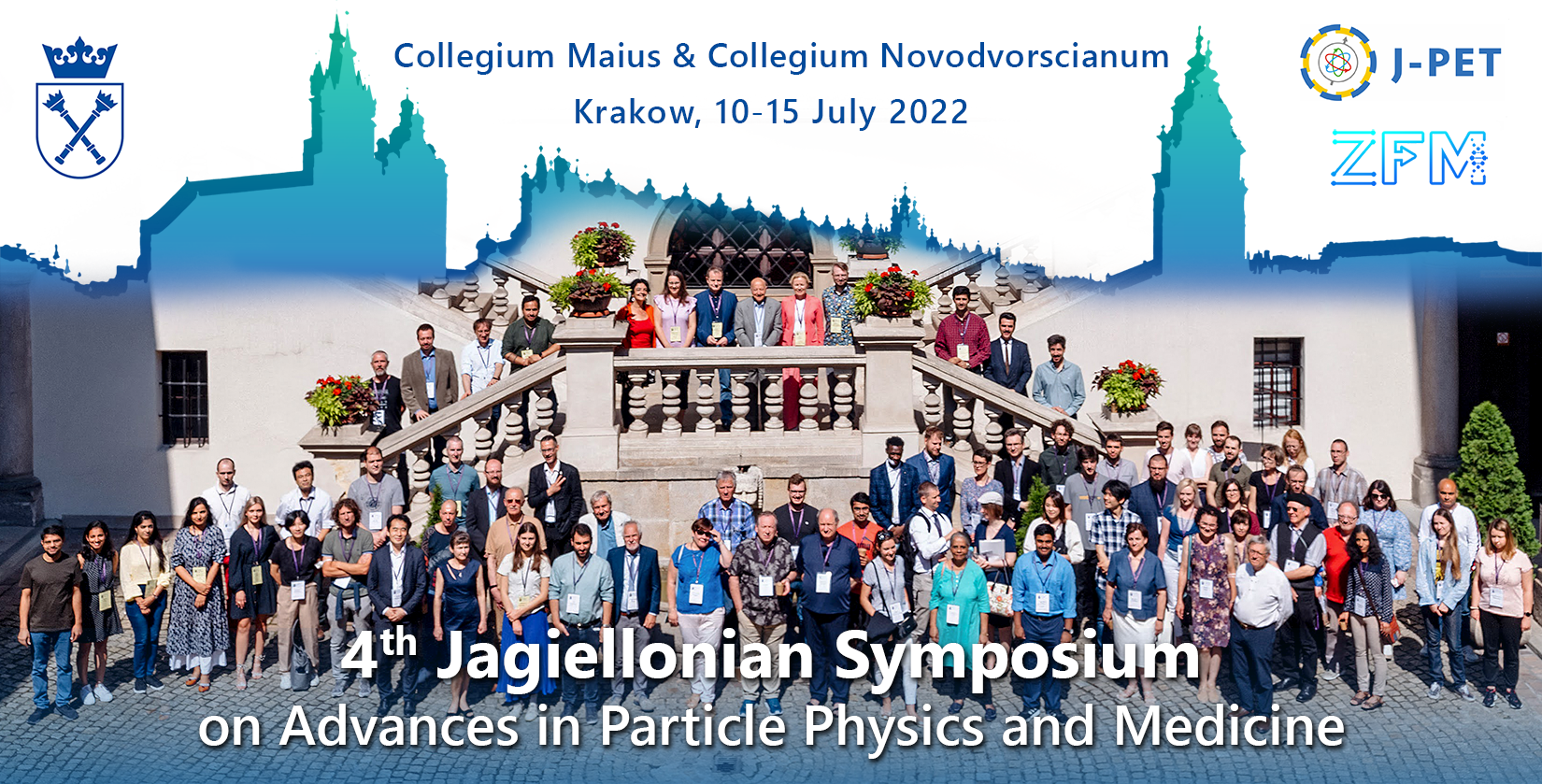Speaker
Description
Author: Katsiaryna Yankova
Co-authors: Bożena Zgardzińska, Bożena Jasińska, Marek Gorgol, Marcin Czop, Janusz Kocki
The HL-60 human acute promyelocytic leukemia cells obtained from the Clinical Genetics Department of Medical University in Lublin were investigated with the use of positron and positronium probes. The HL-60 cell line is a popular and convenient test object due to easy reproduction. The cell line comes from the patient, 36-year-old Caucasian female with acute promyelocytic leukemia. The 16 samples were used for the study: 15 with HL-60 cell-line with different concentration of cells and 1 sample with a pure medium, as a reference. The studies were performed with positron annihilation lifetime spectroscopy (PALS) and the results were correlated with cell survival. Examined samples were subjected to various external factors during measurements: ionizing radiation, time and light.
In contrast to our expectations, we found that the o-Ps component in PALS spectra does not differentiate the samples sufficiently and can’t be used as the only analyzed parameter. The components of para-positronium and free annihilation should also be considered. Our studies indicate the possibility of assessing the concentration of cell lines using the PALS technique, but a much more important factor differentiating the obtained results turned out to be the concentration of live cells in the sample. The positron annihilation shows a very close correlation with viability of the cells in the samples. Relaying on gathered information we can conclude that the PALS technique can be used as a highly sensitive method for estimating the quantity of living cells in sample.

